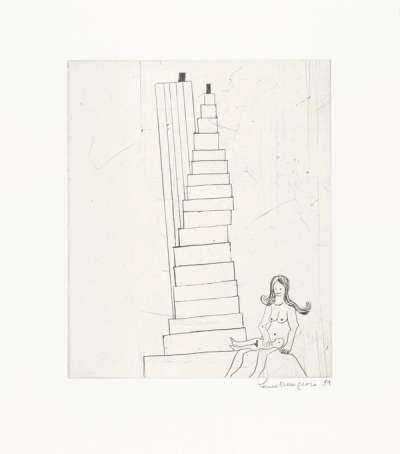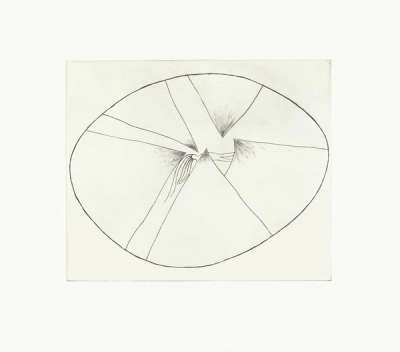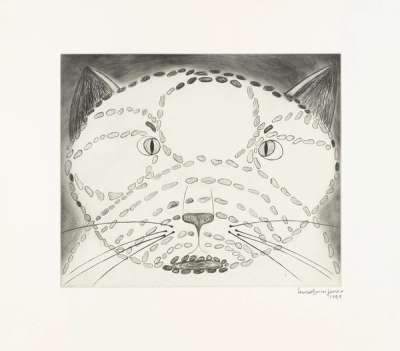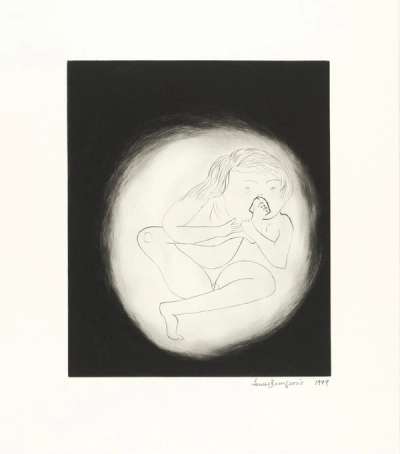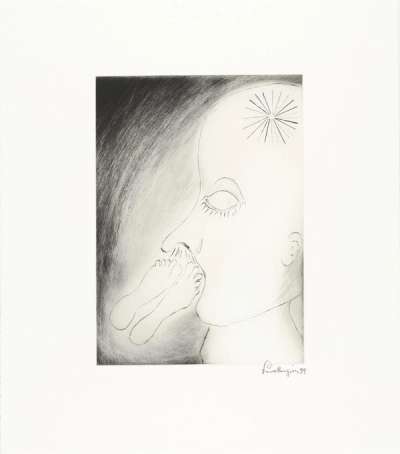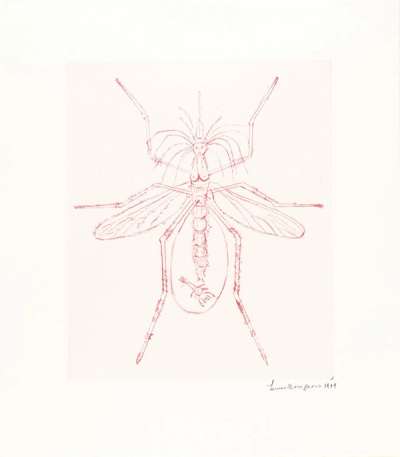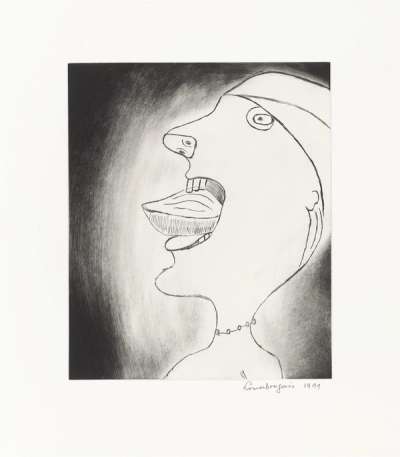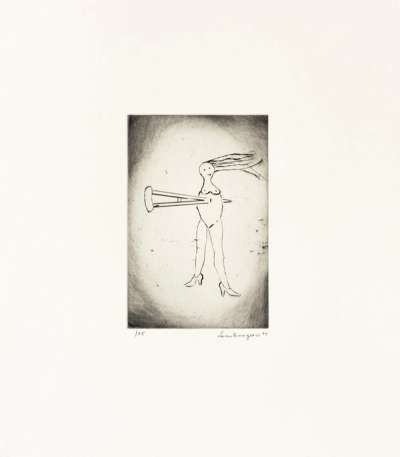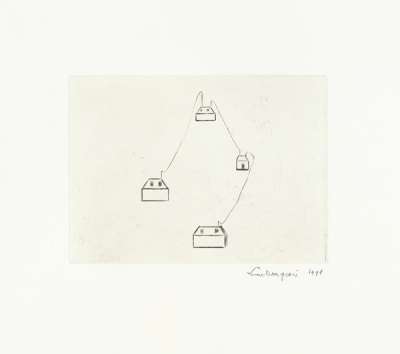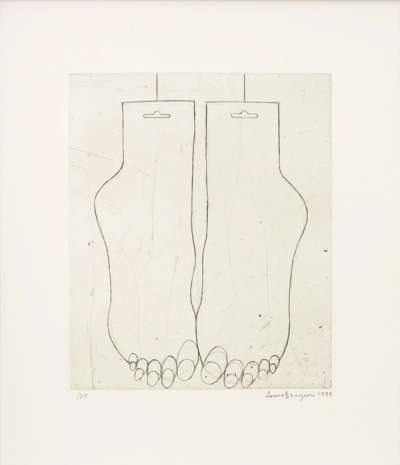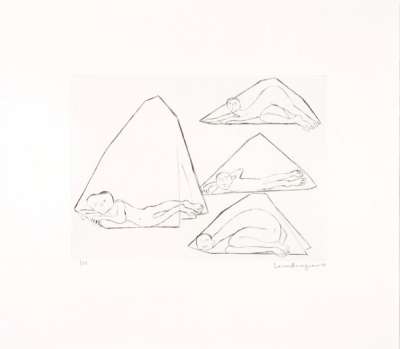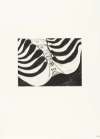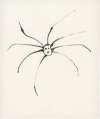The
Angry Cat
Louise Bourgeois The Angry Cat For sale
The Angry Cat Market value
Auction Results
| Artwork | Auction Date | Auction House | Return to Seller | Hammer Price | Buyer Paid |
|---|---|---|---|---|---|
 Please Hang In There Louise Bourgeois Signed Print | 21 May 2022 | De Vuyst | £2,465 | £2,900 | £3,500 |
 Mother And Child Louise Bourgeois Signed Print | 30 Oct 2010 | Sotheby's New York | £1,998 | £2,350 | £3,100 |
Sell Your Art
with Us
with Us
Join Our Network of Collectors. Buy, Sell and Track Demand
Meaning & Analysis
Louise Bourgeois' The Angry Cat series is a critical part of her artistic oeuvre, providing insight into her unique ability to materialise complex emotional and psychological narratives into physical forms. The series showcases Bourgeois's enduring fascination with conveying psychological depth. Each drypoint within the series reflects her intricate understanding of human emotions, particularly the less spoken about aspects of anger and resentment, which she articulates with both subtlety and power.
Moreover, the series underscores Bourgeois's contribution to contemporary art as a medium for psychological and emotional exploration. Through The Angry Cat and its accompanying works, Bourgeois challenges viewers to confront uncomfortable emotions and to reflect on their own experiences of family, anger, and reconciliation.
Additionally, this series exemplifies Bourgeois's innovative use of materials and her ability to infuse everyday objects and symbols with profound emotional significance. By transforming familiar images and phrases into unsettling and thought-provoking artworks, Bourgeois not only communicates her personal narratives but also invites a dialogue on the universal experiences of emotional conflict and human relationships.
Through The Angry Cat series, Louise Bourgeois continues to influence the fields of art and psychoanalysis, proving that art can serve as a powerful tool for personal catharsis and for understanding complex emotional landscapes. This series not only enriches our appreciation of her artistic range but also perpetuates discussions on the therapeutic potentials of art in exploring and expressing the deeper layers of the human psyche.
